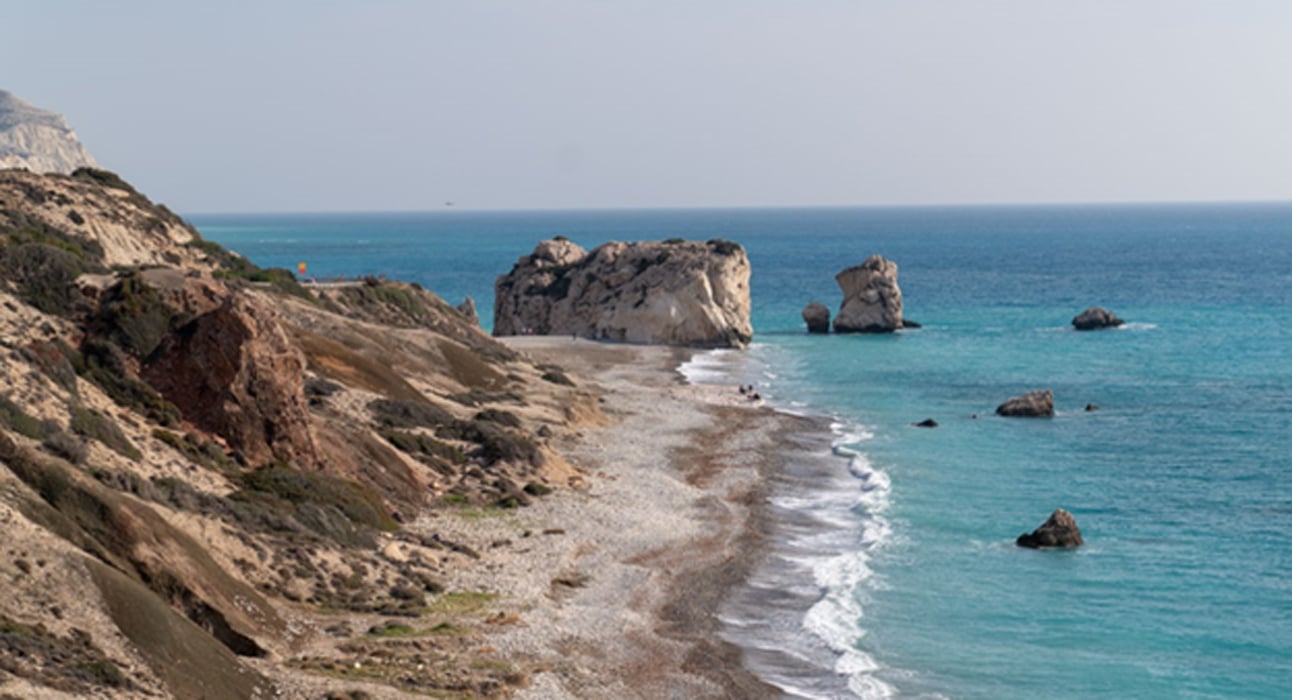I'm on the road all day today, so I am doing a repost! Aeschylus' Eumenides is one of my favorite plays, because it has prayers and parts of prayers you can use for your own household worship. I filtered them out for your convenience. Enjoy!
"First, in this prayer of mine, I give the place of highest honor among the gods to the first prophet, Earth; and after her to Themis, for she was the second to take this oracular seat of her mother, as legend tells. And in the third allotment, with Themis' consent and not by force, another Titan, child of Earth, Phoebe, took her seat here. She gave it as a birthday gift to Phoebus, who has his name from Phoebe. Leaving the lake1 and ridge of Delos, he landed on Pallas' ship-frequented shores, and came to this region and the dwelling places on Parnassus. The children of Hephaistos,2 road-builders taming the wildness of the untamed land, escorted him with mighty reverence. And at his arrival, the people and Delphus, helmsman and lord of this land, made a great celebration for him. Zeus inspired his heart with prophetic skill and established him as the fourth prophet on this throne; but Loxias is the spokesman of Zeus, his father.
These are the gods I place in the beginning of my prayer. And Pallas who stands before the temple3 is honored in my words; and I worship the Nymphs where the Corycian4 rock is hollow, the delight of birds and haunt of gods. Bromius has held the region—I do not forget him—ever since he, as a god, led the Bacchantes in war, and contrived for Pentheus death as of a hunted hare. I call on the streams of Pleistus and the strength of Poseidon, and highest Zeus, the Fulfiller; and then I take my seat as prophetess upon my throne. And may they allow me now to have the best fortune, far better than on my previous entrances. And if there are any from among the Hellenes here, let them enter, in turn, by lot, as is the custom. For I prophesy as the god leads." [Pythia in the temple of Apollon at Delphi - 1]
"Lord Apollo, you know how to do no wrong; and, since you know this, learn not to be neglectful also. For your power to do good is assured." [Orestes to Apollon - 85]
"So now with a pure mouth I piously invoke Athena, lady of this land, to come to my aid. Without the spear, she will win me and my land and the Argive people as faithful and true allies for all time. But whether in some region of the Libyan land, near the waters of Triton, her native stream, she is in action or at rest, aiding those whom she loves, or whether, like a bold marshal, she is surveying the Phlegraean plain, oh, let her come—as a goddess, she hears even from far away—to be my deliverer from distress!" [Orestes to Athena - 287]
"I will accept a home with Pallas, and I will not dishonor a city which she, with
Zeus the omnipotent and Ares, holds as a fortress of the gods, the bright
ornament that guards the altars of the gods of Hellas. I pray for the city,
with favorable prophecy, that the bright gleam of the sun may cause blessings
that give happiness to life to spring from the earth, in plenty." [Chorus of Eumenides - 916]
"Gracious and favorable to the land, come here, venerable goddesses, with flame-fed torch, rejoicing as you go—cry aloud now in echo to our song! Peace endures for all time between Pallas' citizens and these new dwellers here. Zeus who sees all and Fate have come down to lend aid—cry aloud now in echo to our song!" [Chorus of the processional escort to the Eumenides - 1032]






